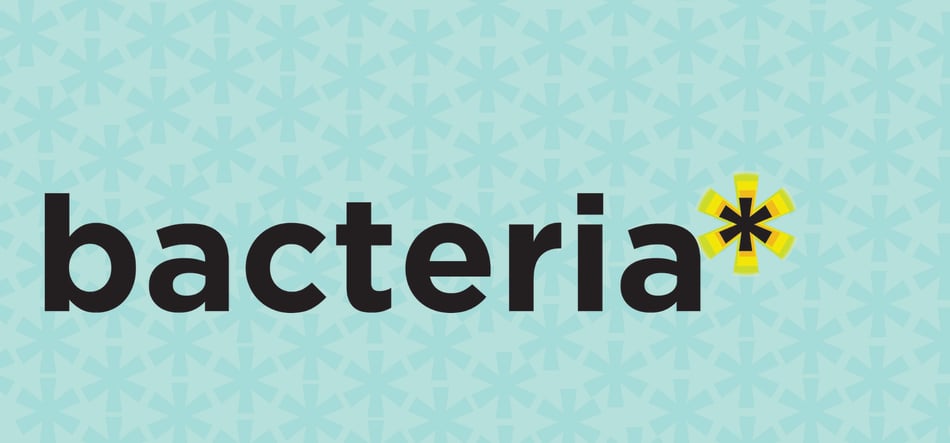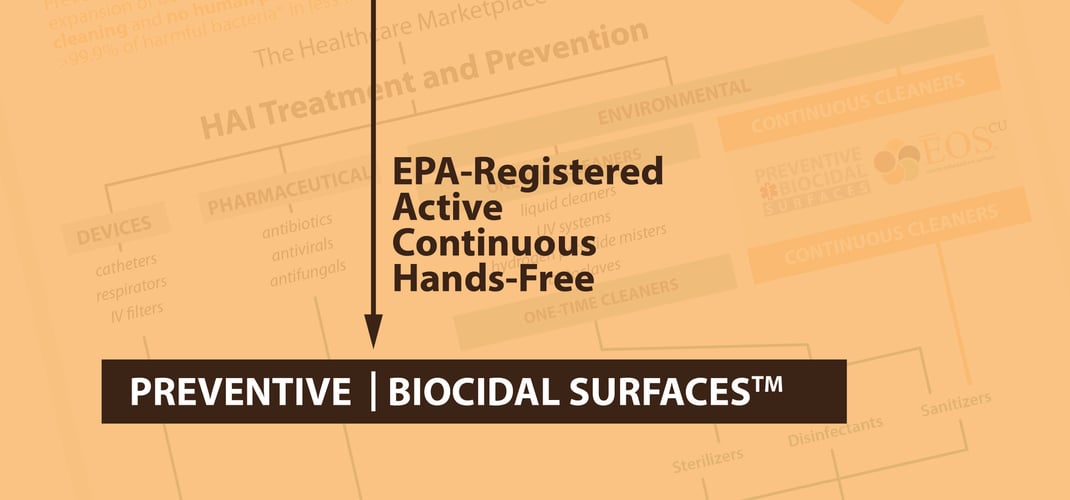Kills 99.9% of bacteria* - Why the asterisk?

Whenever a product with EPA-registered Public Health Claims puts those claims in writing, you'll see an * or t after the word bacteria or germs. For example, "XYZ kills >99.9% of harmful bacteria* in under two hours." You'll find this on the labels of cleaning products in your home, as well as on industrial strength cleaners found in hospitals or other healthcare facilities. What does it mean?

Examples of cleanser labels with notations for public health claims.
The reason is simply one of demonstrating official regulation of public health claims. There is no way to legally make public health claims without clarifying which bacteria (or other pathogens) are being referred to. With the sheer number of harmful germs, clinical testing to the scale required to make public health claims for each, separate microorganism is not possible - not for any product or any company. Therefore, the EPA requires that products submitted for public health claims test enough variety of bacteria along a scale, with the scientific assumption that all other strains would also be killed by that product.![]()
Think about it this way: Car makers test their vehicles for their ability to protect passengers in an automobile accident. These companies cannot possibly subject cars to every conceivable crash scenario. However, they can subject it to a range of scenarios that cover a range of impacts, from minor fender-benders to high-velocity collisions. If the vehicle performs well along this range of scenarios, it is a safe assumption that it will perform well overall. In the same way, the EPA-approved testing protocols subject the product to a range of microorganisms in a range of scenarios, which if successfully completed, allow the product manufacturer to state that it is proven to kill bacteria. The added asterisk is to qualify that statement with more details, in an effort to be transparent, ethical, and informative.
What if you don't see the asterisk?
You may see other products make claims without the qualifying statements (*). "Kills bacteria! Stops bacteria in its tracks! Gets rid of germs!" There is no list of which bacteria, no explanation of the claims. Does this mean it kills them all? Does this mean it has EPA registration? No! Sadly, there are advertisements and descriptions of products in the marketplace today that are not following the rules and may be misleading. Unfortunately, not every claim made in advertising is backed by EPA-approved laboratory testing. Your best protection is to read labels and even research on the EPA website if you have any concerns.
Stay tune next week as we conclude this series with a post on Treated Articles.
Editor's Note: This post was originally published in February 2015 and has been updated for freshness, accuracy and comprehensiveness.
![EOScu Logo - Dark - Outlined [07182023]-01](https://blog.eoscu.com/hubfs/Eoscu_June2024/Images/EOScu%20Logo%20-%20Dark%20-%20Outlined%20%5B07182023%5D-01.svg)

![[infographic] Understanding EPA Public Health Claims Download and share!](https://no-cache.hubspot.com/cta/default/216314/interactive-178732435278.png)



